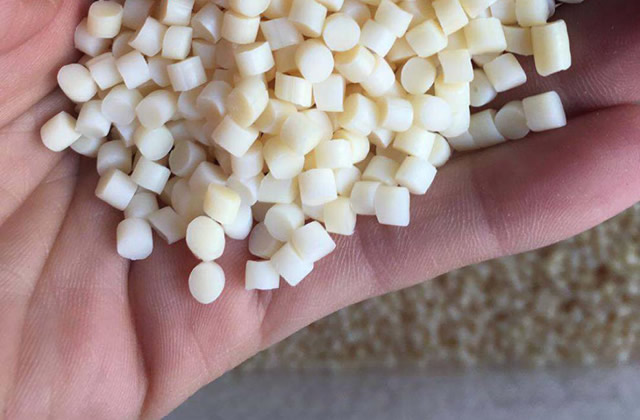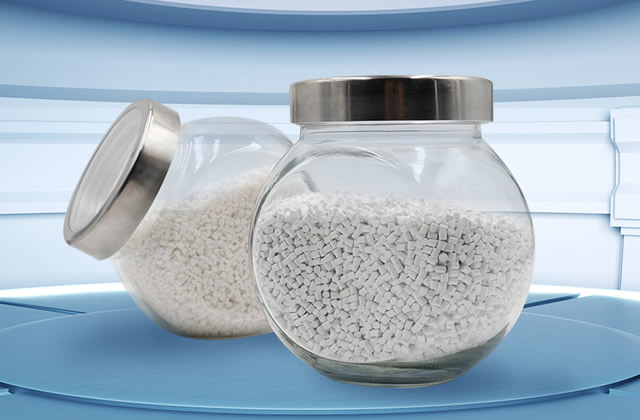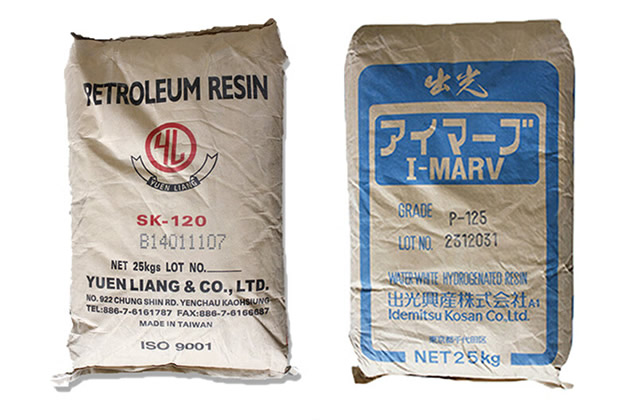1. How to use antibacterial masterbatch
Antibacterial masterbatch is one of the raw materials used in manufacturing antibacterial products. It is generally used in plastics or fibers. Its use is very simple. , after mixing a certain amount of antibacterial masterbatch and corresponding resin particles, and following the processing and molding methods of plastics and fibers, plastic parts, products and antibacterial fibers with antibacterial effects (bactericidal and bacteriostatic effects) on the surface can be produced.
1. Antibacterial masterbatch to make antibacterial plastics
(1) Before use, place the antibacterial masterbatch in a blower or vacuum oven at 80°C continuously Dry for 2-4 hours.
(2) Mix the dried antibacterial masterbatch with the production base material, control the addition ratio at about 4-5%, and mix it directly with the plastic particles (powder) evenly.
(3) After stirring evenly, the finished antibacterial plastic products are produced through injection molding, blow molding and other processes.

2. Antibacterial masterbatch to produce antibacterial textiles
(1) Blended spinning method: Mix antibacterial masterbatch and dispersant and other additives with fiber matrix resin, and melt them Spinning to produce antimicrobial fibers. This method is mainly aimed at some fibers without reactive side groups, such as polyester, polypropylene, etc.; the antibacterial agent not only exists on the surface of the fiber, but is evenly dispersed in the fiber, and the antibacterial effect is relatively long-lasting. The antibacterial fabrics produced by this method are mainly used in medical hygiene, clothing and industrial decorative fabrics.
(2) Composite spinning method: Composite spinning of fibers containing antibacterial components and other fibers or fibers without antibacterial components to produce parallel type, core-sheath type, inlaid type, and hollow multi-core Type-structured antibacterial fiber.
2. What should you pay attention to when using antibacterial masterbatch?
1. There are many types of antibacterial masterbatch. When using them, you should choose according to the type of processed products. Appropriate types of antibacterial masterbatch, such as processing pp plastic, should use pp antibacterial masterbatch; in addition, some antibacterial masterbatch are not resistant to high temperatures and cannot be used in situations where high temperatures occur during the production process.
2. The amount of antibacterial masterbatch added must be determined in advance. It is not advisable to add more or less. Adding less will not achieve a good antibacterial effect; adding too much will affect the molding of plastics or fibers.
3. Before processing and adding antibacterial masterbatch, the antibacterial masterbatch should be dried as much as possible. If it is relatively humid, it needs to be dried with a blower or oven before application. Attention should also be paid to the storage of antibacterial masterbatch. Store in a dry place.
If the website content violates your rights, please contact us to delete it。








